 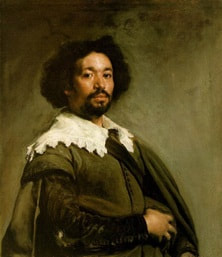 Diego Velázquez, "Portrait of Juan de Pareja," 1650,Oil on canvas, 81.3 x 69.9 cm, Metropolitan Museum of Art, New York, New York, USA Diego Velázquez, "Portrait of Juan de Pareja," 1650,Oil on canvas, 81.3 x 69.9 cm, Metropolitan Museum of Art, New York, New York, USA Diego Velazquez (1599 – 1660) was a famous Spanish painter. He had a slave named Juan de Pareja (1606 – 1670). Call him an indentured servant if you want, but it’s more accurate to say he was Velazquez's slave, as he was not at liberty to leave. For years, Pareja prepared brushes, ground pigments, and stretched canvasses for the artist. While he was at it, Pareja observed his master carefully, and secretly taught himself how to use the materials, and how to paint. Pareja was referred to as a Morisco in Spanish. One way to translate the word is that he had mixed parentage (the offspring of a European Spaniard and a person of African descent). Another way to translate the word is that he was a Moor—someone descended from Muslims who had remained in Spain after its conquest by Ferdinand and Isabella. In 1650, Velazquez was preparing to paint a portrait of Pope Innocent X. As practice, he painted Pareja, who had accompanied the artist to Italy. Here is the portrait. It's a pretty amazing picture, isn't it? Velazquez got all sorts of praise for it from the artists in Rome—he was even elected into the Academy of St. Luke. According to some sources, Velazquez would not allow Pareja to pick up a paintbrush. But one day, when King Philip IV was due to visit Velazquez, Pareja placed one of his own paintings where the king would see it. When the king admired it, believing it to be by Velazquez, Pareja threw himself at the king’s feet and begged for the King to intercede for him. Whether or not that story is true, Pareja did become an accomplished painter, and impressed the king so much that he ordered Pareja freed. Pareja remained with the Velazquez family until his death. It was hard to find examples of his paintings, but here are two that are attributed to him.  Sarah Albee's latest book is Poison: Deadly Deeds, Perilous Professions and Murderous Medicines. You can read a review that gives you a dose of what's in this book. MLA 8 Citation Albee, Sarah. "The Painter Was a Slave." Nonfiction Minute, iNK Think Tank, 25 Oct. 2017, www.nonfictionminute.org/the-nonfiction-minute/the-painter-was-a-slave.
1 Comment
 A common punishment for those accused of a crime in seventeenth century Europe was to be sent to the galleys. That meant spending the rest of your life at an oar in the dark, stinking hold of a ship. Wind and oars were the only known propellant of the age. Paid employment at the oar had been tried and dismissed. The only reliable way to produce the necessary speed and endurance to chase down (or escape from) enemy ships or Barbary pirates was to use the whip on your oarsmen, something that didn’t go over well with paid employees. But as condemned criminals were plentiful in that era, it wasn’t difficult to find oarsmen. When in 1685 Louis XIV revoked the Edict of Nantes—a law passed by his grandfather Henry IV that had ensured the freedom of Protestant worship in France—many French Protestants (known as Huguenots) who tried to flee the country were sent to the galleys. What was life like as a galley slave? We know something about it from letters and memoirs of Huguenot convicts. After a long and often grueling march to the ports, the convicts would be sorted into groups of five—these would become the people with whom one would eat, sleep, and work, often until one died of old age or overwork or both. Each group of five men manned an eighteen-foot oar–and there might be fifty oars on a ship. The convicts remained chained to their places. With each stroke, they had to rise together and push the oar forward, and then dip it in the water and pull backward, dropping into a sitting position. During battle, rowers might be required to maintain full speed for twenty-four hours straight, and be fed biscuits soaked in wine without pausing in their exertions. Those who died—or lost consciousness—were thrown overboard. Horrific, yes. But there were at least some brief respites from the wretched existence, periods of time when the wind’s sails propelled the ship and the rowers could rest. And when the ship overwintered in port, the life of a gallérien became almost tolerable. They had room to lie down and sleep. Many gallériens learned to knit, and others were already skilled wig makers, tailors, and musicians—and were allowed to employ their trades in rotating weeks ashore. 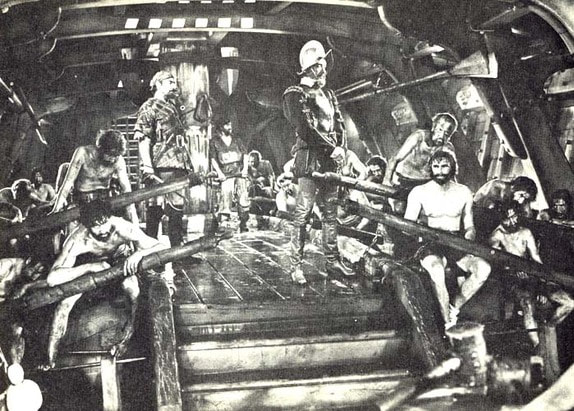 In his memoirs, a Huguenot named Jean Marteilhe wrote about his capture in 1701 as a boy of 17, and his experiences as a galley slave having been chained together with other deserters, thieves, smugglers, Turks and Calvinists for 6 years from 1707 to 1713. His account is entitled Memoirs of a Galley Slave of the Sun King. 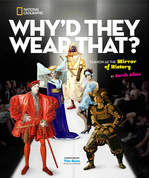 Sara Albee's book Why'd They Wear That? is published by National Geographic. Get ready to chuckle your way through centuries of fashion dos and don'ts! In this humorous and approachable narrative, you will learn about outrageous, politically-perilous, funky, disgusting, regrettable, and life-threatening creations people have worn throughout the course of human history, all the way up to the present day. For more information, click here. MLA 8 Citation
Albee, Sarah. "Row, Row, Row Your Boats." Nonfiction Minute, iNK Think Tank, 22 Mar. 2018, www.nonfictionminute.org/the-nonfiction-minute/ Row-Row-Row-Your-Boats.  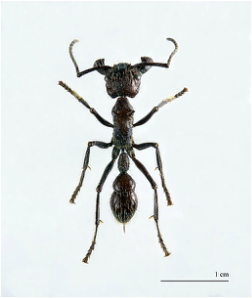 The insect pictured is called Paraponera clavata, commonly known as a bullet ant. It can grow to be about an inch long. They’re among the world’s most venomous insects, and are supposed to deliver the most painful sting of any insect, according to J.O. Schmidt. He’s an entomologist who’s been stung by pretty much every hymenopteran possible and who developed a pain scale rating that lists the relative pain caused by insects. His ratings go from 0, where the sting is as mild as the little zap you might feel while walking across a carpet in your socks, up to 4, where you might as well just lie down and scream. Bullet ants get a 4+. When he later revised his index, he described bullet ant stings as “pure, intense, brilliant pain, like walking over flaming charcoal with a three-inch nail in your heel.” But wait, it gets worse. The ants have abdominal stridulatory organs—that means they can shriek at you when threatened, which alerts the rest of the group to come boiling up out of the nest to help impale you. There’s a tribe of people in Brazil, deep in the Amazon forest, the Sateré-Mawé, who use bullet ants as an initiation rite to manhood. Boys have to slip on gloves that resemble oven mitts. Live bullet ants are woven into these gloves, with the stingers pointing toward the wearer’s hands. The boys have to keep the gloves on for ten minutes. Evidently paralysis of the arms sets in rather quickly, so it’s after the gloves come off that the real pain and convulsions begin—and they last at least 24 hours. Did I mention these ants also shriek?  Did you know that bugs played a role in history? Sarah’s book Bugged: How Insects Changed History tells the story. MLA 8 Citation
Albee, Sarah. "Bites of Passage." Nonfiction Minute, iNK Think Tank, 26 Apr. 2018, www.nonfictionminute.org/the-nonfiction-minute/Bites-of-Passage.   Catherine de Medici. She didn't travel light. Catherine de Medici. She didn't travel light. During the Renaissance, French kings and queens built many palaces, in an area known as the Loire Valley. The royal family would travel from palace to palace to get away from Paris, the way you might head to a lake house. The Loire Valley is not very close to Paris. It’s about 110 miles from Paris to the palace of Chambord, for instance. I wondered how long it took sixteenth century travelers to make this journey—and why there were so many palaces. First, the distance. Under the best of conditions (good roads, decent weather, level ground), humans can walk four miles per hour over long distances. Horses can’t do much better–maybe five mph—but a lot less if they’re pulling something or if roads are in awful condition. A horse can canter at 20 mph, but it can only do that for six to eight miles at a time, after which it will slow down and walk, or stop completely. So it would have taken a long time to get from place to place. Under the best conditions, a journey from Paris to Chambord would have taken three weeks. But in fact, it took a lot longer than that. Because in the sixteenth century, the royal court didn’t just hop on a horse and head to their country home. They took everything and everyone with them, loading all the stuff onto the backs of horses and mules. When Catherine de Medici was queen of France, she traveled with her ladies and gentlemen, foreign ambassadors, pet bears, servants, retainers, attendants, apothecaries, astrologists, tutors, musicians, cooking pots, food, clothing, portable triumphal arches, wall hangings, and furniture. And the reason there were so many palaces is simply that the court in Renaissance times –thousands of people–had to move around from estate to estate so as to find new hunting grounds. Once they’d exhausted the food supply in the area, they moved on to the next estate. Also, the sanitation was dreadful. After thousands of people had taken up residence in and around a great estate for a few weeks, filth piled up, and with it, stench and disease. The royal procession could be miles long. When Catherine de Medici’s court packed up and left for a new palace, the beginning of the royal caravan sometimes entered a town before those traveling at the back of it had left the last one. 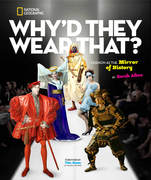 Sara Albee's recent book is Why'd They Wear That?, published by National Geographic in 2015. Get ready to chuckle your way through centuries of fashion dos and don'ts! In this humorous and approachable narrative, you will learn about outrageous, politically-perilous, funky, disgusting, regrettable, and life-threatening creations people have worn throughout the course of human history, all the way up to the present day. For more information, click here. MLA 8 Citation
Albee, Sarah. "Renaissance Road Trips." Nonfiction Minute, iNK Think Tank, www.nonfictionminute.org/the-nonfiction-minute/renaissance-road-trips.  Do you like ketchup? Maybe relish is your favorite condiment. Well, people in the ancient world had a favorite condiment, too. It was called garum. The ancient Greeks couldn’t get enough of it. Later, the Byzantines loved it, too. But garum was most popular during ancient Roman times. (The Roman Empire lasted from 27 BC to AD 476, so they must have gobbled down a lot of garum.) The problem with garum was that making it could be an extremely stinky process. Garum makers were told to move their factories to the outskirts of the city, although probably no one enforced this. The Romans dumped garum onto practically everything they ate. Should you be curious to try garum yourself, I’ve written out the recipe for you. You’re welcome.
Garum is actually quite nutritious—full of amino acids, proteins, and vitamin D from all that time in the sun. And the rotten sludge left at the bottom is also highly nutritious, so you can save that for another use. Try spreading it on toast! (c) Sarah Albee, 2014 A Roman banquet  Sarah Albee's latest book is Poison: Deadly Deeds, Perilous Professions and Murderous Medicines. You can read a review that gives you a dose of what's in this book. MLA 8 Citation Albee, Sarah. "Something's Rotten in Rome." Nonfiction Minute, iNK Think Tank, 15 Sept. 2017, www.nonfictionminute.org/the-nonfiction-minute/somethings-rotten-in-rome. |
*NEWS
|
For Vicki Cobb's BLOG (nonfiction book reviews, info on education, more), click here: Vicki's Blog
The NCSS-CBC Notable Social Studies Committee is pleased to inform you
that 30 People Who Changed the World has been selected for Notable Social Studies Trade Books for Young People 2018, a cooperative project of the National Council for the Social Studies (NCSS) & the Children’s Book Council
Categories
All
Abolitionists
Adams Janus
Adaptation
Adaptations
Adkins Jan
Advertising
Aerodynamics
Africa
African American History
African Americans
Africa West
Agriculture
Aircraft
Air Pilots
Air Pressure
Air Travel
Albee Sarah
Alchemy
Alligators
Allusion
American History
American Icons
Amphibians
Amundsen Roald
Anatomy
Ancient
Ancient Cultures
Anderson Marian 1897-1993
Animal Behavior
Animal Experimentation
Animal Intelligence
Animals
Animation
Antarctica
Ants
Apache Indians
Apes
April Fool's Day
Architecture
Argument
Arithmetic
Art
Art Deco
Artists
Arts
Asia
Astronauts
Astronomy
Athletes
Atomic Theory
Audubon Societies
Authors
Autobiography
Automobiles
Aviation
Awards
Bacteria
Baseball
Battuta Ibn
Bears
Beatles
Beavers
Bees
Biodegradation
Biography
Biology
Biomes
Biomimicry
Biplanes
Birds
Black Death
Black History
Blindness
Blizzards
Bombs
Bonaparte Napoleon
Boone Daniel
Botany
Brazil
Bridges
Brill Marlene Targ
Brooklyn Bridge
Brown John
Buffaloes
Building Materials
Butterflies
Caesar
Caesar Julius
Caissons
Calculus
Calendars
Cannibal
Capitals
Caravaggio
Carbon Dioxide
Carnivores
Carson Mary Kay
Cartoons & Comics
Carving (Decorative Arts)
Cascade Range
Castaldo Nancy
Castles
Castrovilla Selene
Cathedrals
Cats
Caves
Celts
Cemeteries
Chemistry
Children's Authors
Child Welfare
China
Choctaw Indians
Christmas
Chronometers
Cicadas
Cinco De Mayo
Ciphers
Circle
Citizenship
Civil Rights
Civil Rights Movements
Civil War
Civil War - US
Climate
Climate Change
Clocks And Watches
Clouds
Cobb Vicki
COBOL (Computer Language)
Code And Cipher Stories
Collard III Sneed B.
Collectors And Collecting
Color
Commerce
Communication
Competition
Compilers
Composers
Computers
Congressional Gold Medal
Consitution
Contests
Contraltos
Coolidge Calvin
Cooling
Corms
Corn
Counterfeiters
Covid-19
Crocodiles
Cryptography
Culture
Darwin Charles
Declaration Of Independence
Decomposition
Decompression Sickness
Deep-sea Animals
Deer
De Medici Catherine
Design
Detectives
Dickens Charles
Disasters
Discrimination
Diseases
Disney Walt
DNA
Dogs
Dollar
Dolphins
Douglass Frederick 1818-1895
Droughts
Dr. Suess
Dunphy Madeleine
Ear
Earth
Earthquakes
Ecology
Economics
Ecosystem
Edison Thomas A
Education
Egypt
Eiffel-gustave-18321923
Eiffel-tower
Einstein-albert
Elephants
Elk
Emancipationproclamation
Endangered Species
Endangered-species
Energy
Engineering
England
Englishlanguage-arts
Entomology
Environmental-protection
Environmental-science
Equinox
Erie-canal
Etymology
Europe
European-history
Evolution
Experiments
Explorers
Explosions
Exports
Extinction
Extinction-biology
Eye
Fairs
Fawkes-guy
Federalgovernment
Film
Fires
Fishes
Flight
Floods
Flowers
Flute
Food
Food-chains
Foodpreservation
Foodsupply
Food-supply
Football
Forceandenergy
Force-and-energy
Forensicscienceandmedicine
Forensic Science And Medicine
Fossils
Foundlings
France
Francoprussian-war
Freedom
Freedomofspeech
French-revolution
Friction
Frogs
Frontier
Frontier-and-pioneer-life
Frozenfoods
Fugitiveslaves
Fultonrobert
Galapagos-islands
Galleys
Gametheory
Gaudi-antoni-18521926
Gender
Generals
Genes
Genetics
Geography
Geology
Geometry
Geysers
Ghosts
Giraffe
Glaciers
Glaucoma
Gliders-aeronautics
Global-warming
Gods-goddesses
Gold-mines-and-mining
Government
Grant-ulysses-s
Grasshoppers
Gravity
Great-britain
Great-depression
Greece
Greek-letters
Greenberg Jan
Hair
Halloween
Handel-george-frederic
Harness Cheryl
Harrison-john-16931776
Health-wellness
Hearing
Hearing-aids
Hearst-william-randolph
Henry-iv-king-of-england
Herbivores
Hip Hop
History
History-19th-century
History-france
History-world
Hitler-adolph
Hoaxes
Holidays
Hollihan Kerrie Logan
Homestead-law
Hopper-grace
Horses
Hot Air Balloons
Hot-air-balloons
Housing
Huguenots
Human Body
Hurricanes
Ice
Icebergs
Illustration
Imagery
Imhotep
Imperialism
Indian-code-talkers
Indonesia
Industrialization
Industrial-revolution
Inquisition
Insects
Insulation
Intelligence
Interstatecommerce
Interviewing
Inventions
Inventors
Irrational-numbers
Irrigation
Islands
Jacksonandrew
Jazz
Jeffersonthomas
Jefferson-thomas
Jemisonmae
Jenkins-steve
Jet-stream
Johnsonlyndonb
Jokes
Journalism
Keeling-charles-d
Kennedyjohnf
Kenya
Kidnapping
Kingmartinlutherjr19291968
Kingmartinlutherjr19291968d6528702d6
Kings-and-rulers
Kings Queens
Kings-queens
Koala
Labor
Labor Policy
Lafayette Marie Joseph Paul Yves Roch Gilbert Du Motier Marquis De 17571834
Landscapes
Languages-and-culture
Law-enforcement
Layfayette
Levers
Levinson Cynthia
Lewis And Clark Expedition (1804-1806)
Lewis Edmonia
Liberty
Lift (Aerodynamics)
Light
Lindbergh Charles
Liszt Franz
Literary Devices
Literature
Lizards
Longitude
Louis XIV King Of France
Lumber
Lunar Calendar
Lynching
Macaws
Madison-dolley
Madison-james
Madison-james
Mammals
Maneta-norman
Maneta-norman
Marathon-greece
Marine-biology
Marine-biology
Marines
Marsupials
Martial-arts
Marx-trish
Mass
Massachusetts-maritime-academy
Mass-media
Mastodons
Mathematics
May-day
Mcclafferty-carla-killough
Mcclafferty-carla-killough
Mckinley-william
Measurement
Mechanics
Media-literacy
Media-literacy
Medicine
Memoir
Memorial-day
Metaphor
Meteorology
Mexico
Mickey-mouse
Microscopy
Middle-west
Migration
Military
Miners
Mississippi
Molasses
Monarchy
Monsters
Montgomery
Montgomery-bus-boycott-19551956
Montgomery-heather-l
Monuments
Moon
Moran-thomas
Morsecode
Morsesamuel
Moss-marissa
Moss-marissa
Motion
Motion-pictures
Mummies
Munro-roxie
Munro-roxie
Musclestrength
Museums
Music
Muslims
Mythologygreek
Nanofibers
Nanotechnology
Nathan-amy
Nathan-amy
Nationalfootballleague
Nationalparksandreserves
Nativeamericans
Native-americans
Native-americans
Naturalhistory
Naturalists
Nature
Nauticalcharts
Nauticalinstruments
Navajoindians
Navigation
Navy
Ncaafootball
Nervoussystem
Newdeal19331939
Newman-aline
Newman-aline
Newton-isaac
New-york-city
Nobelprizewinners
Nomads
Nonfictionnarrative
Nutrition
Nylon
Nymphs-insects
Oaths Of Office
Occupations
Ocean
Ocean-liners
Olympics
Omnivores
Optics
Origami
Origin
Orphans
Ottomanempire
Painters
Painting
Paleontology
Pandemic
Paper-airplanes
Parksrosa19132005
Parrots
Passiveresistance
Patent Dorothy Hinshaw
Peerreview
Penguins
Persistence
Personalnarrative
Personification
Pets
Photography
Physics
Pi
Pigeons
Pilots
Pinkertonallan
Pirates
Plague
Plains
Plainsindians
Planets
Plantbreeding
Plants
Plastics
Poaching
Poetry
Poisons
Poland
Police
Political-parties
Pollen
Pollution
Polo-marco
Populism
Portraits
Predation
Predators
Presidentialmedaloffreedom
Presidents
Prey
Prey-predators
Prey-predators
Prime-meridian
Pringle Laurence
Prohibition
Proteins
Protestandsocialmovements
Protestants
Protestsongs
Punishment
Pyramids
Questioning
Radio
Railroad
Rainforests
Rappaport-doreen
Ratio
Reading
Realism
Recipes
Recycling
Refrigerators
Reich-susanna
Religion
Renaissance
Reproduction
Reptiles
Reservoirs
Rheumatoidarthritis
Rhythm-and-blues-music
Rice
Rivers
Roaringtwenties
Roosevelteleanor
Rooseveltfranklind
Roosevelt-franklin-d
Roosevelt-theodore
Running
Russia
Safety
Sanitation
Schwartz David M
Science
Scientificmethod
Scientists
Scottrobert
Sculpture
Sculpturegardens
Sea-level
Seals
Seals-animals
Secretariesofstate
Secretservice
Seeds
Segregation
Segregationineducation
Sensessensation
September11terroristattacks2001
Seuss
Sextant
Shackletonernest
Shawneeindians
Ships
Shortstories
Silkworms
Simple-machines
Singers
Siy Alexandra
Slavery
Smuggling
Snakes
Socialchange
Social-change
Socialjustice
Social-justice
Socialstudies
Social-studies
Social-studies
Sodhouses
Solarsystem
Sound
Southeast-asia
Soybean
Space Travelers
Spain
Speech
Speed
Spiders
Spies
Spiritualssongs
Sports
Sports-history
Sports-science
Spring
Squirrels
Statue-of-liberty
STEM
Storms
Strategy
Sugar
Sumatra
Summer
Superbowl
Surgery
Survival
Swanson-jennifer
Swinburne Stephen R.
Synthetic-drugs
Taiwan
Tardigrada
Tasmania
Tasmanian Devil
Tasmanian-devil
Technology
Tecumsehshawneechief
Telegraph-wireless
Temperature
Tennis
Terrorism
Thomas Peggy
Thompson Laurie Ann
Time
Titanic
Tombs
Tortoises
Towle Sarah
Transcontinental-flights
Transportation
Travel
Trees
Trung Sisters Rebellion
Tundra
Turnips
Turtles
Typhoons
Underground Railroad
Us-environmental-protection-agency
Us History
Us-history
Ushistoryrevolution
Us History Revolution
Us-history-war-of-1812
Us Presidents
Ussupremecourtlandmarkcases
Vacations
Vaccines
Vangoghvincent
Vegetables
Venom
Vietnam
Viruses
Visual-literacy
Volcanoes
Voting-rghts
War
Warne-kate
Warren Andrea
Washington-dc
Washington George
Water
Water-currents
Wax-figures
Weapons
Weather
Weatherford Carole Boston
Whiting Jim
Wildfires
Winds
Windsor-castle
Wolves
Woman In History
Women
Women Airforce Service Pilots
Women-airforce-service-pilots
Womeninhistory
Women In History
Women-in-science
Women's History
Womens-roles-through-history
Wonder
Woodson-carter-godwin-18751950
World-war-i
World War Ii
World-war-ii
Wright Brothers
Writing
Writing-skills
Wwi
Xrays
Yellowstone-national-park
Zaunders Bo
ArchivesMarch 2021
February 2021
January 2021
December 2020
November 2020
October 2020
September 2020
June 2020
May 2020
April 2020
March 2020
February 2020
January 2020
December 2019
October 2019
September 2019
August 2019
July 2019
May 2019
April 2019
March 2019
February 2019
January 2019
December 2018
November 2018
September 2018
June 2018
May 2018
April 2018
March 2018
February 2018
January 2018
December 2017
November 2017
October 2017
September 2017
March 2017
The NONFICTION MINUTE, Authors on Call, and. the iNK Books & Media Store are divisions of iNK THINK TANK INC.
a 501 (c) (3) nonprofit corporation. To return to the iNK Think Tank landing page click the icon or the link below. :
http://inkthinktank.org/
For more information or support, contact thoughts@inkthinktank.org
For Privacy Policy, go to
Privacy Policy
© COPYRIGHT the Nonfiction Minute 2020.
ALL RIGHTS RESERVED.
This site uses cookies to personalize your experience, analyze site usage, and offer tailored promotions. www.youronlinechoices.eu
Remind me later
Archives
March 2023
February 2023
January 2023
December 2022
November 2022
October 2022
September 2022
June 2022
May 2022
April 2022
March 2022
February 2022
January 2022
December 2021
November 2021
September 2021
April 2021
March 2021
February 2021
November 2020
October 2020
September 2020
June 2020
May 2020
April 2020
March 2020
February 2020
January 2020
October 2019
August 2019
July 2019
May 2019
April 2019
December 2018
September 2018
June 2018
May 2018
March 2018
February 2018
January 2018
December 2017
November 2017
October 2017
September 2017


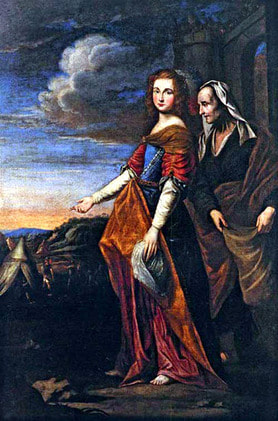
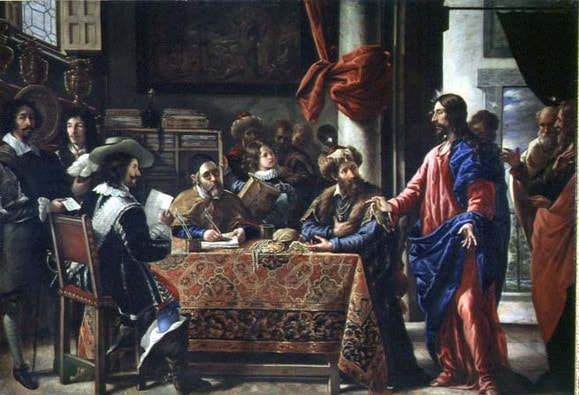


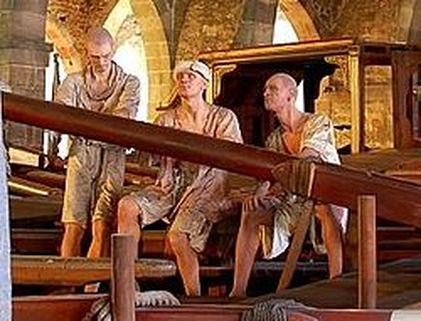
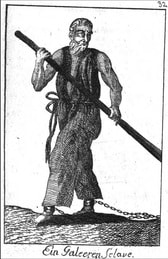
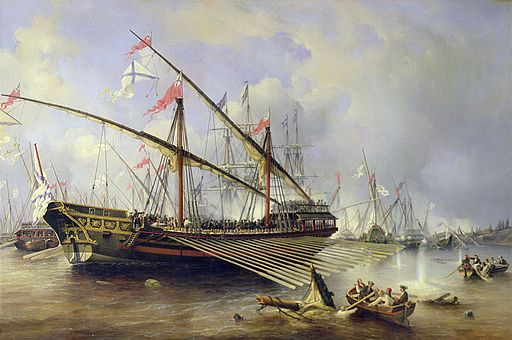




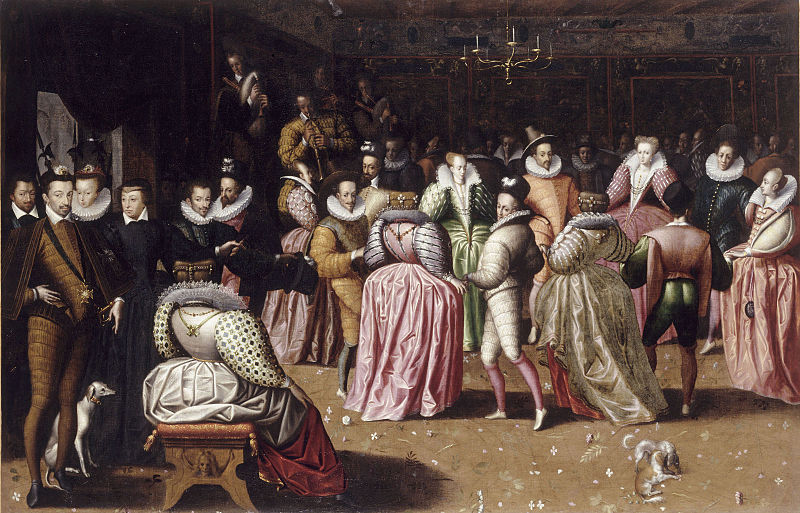
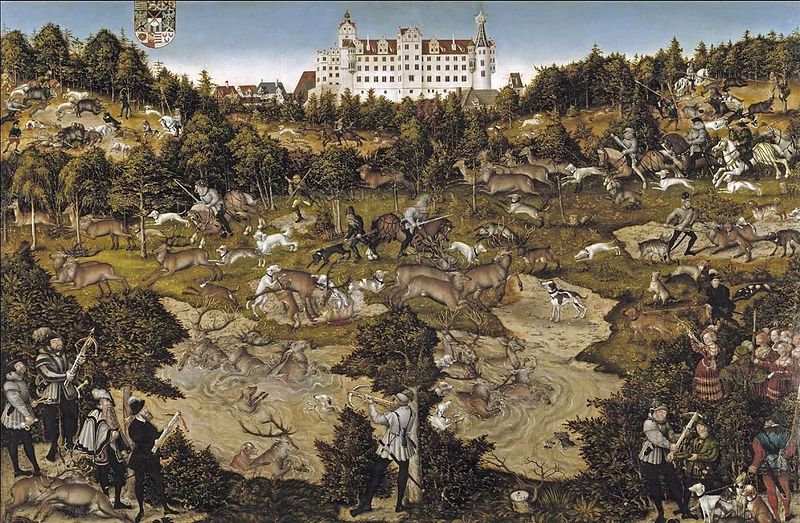
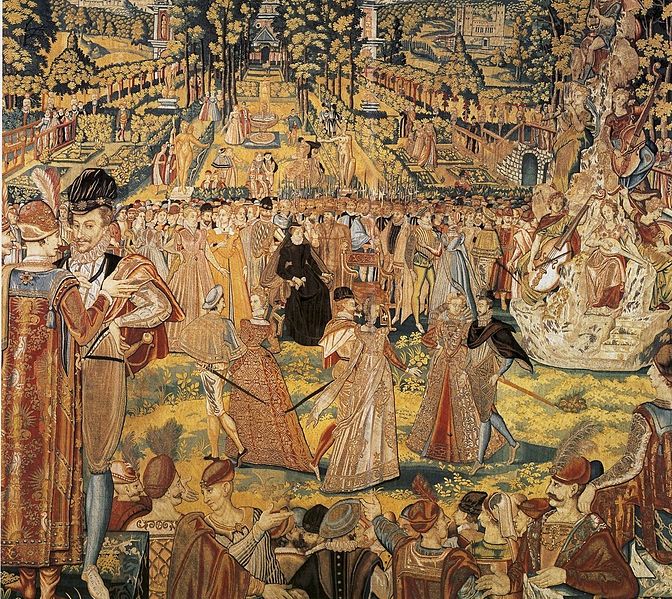


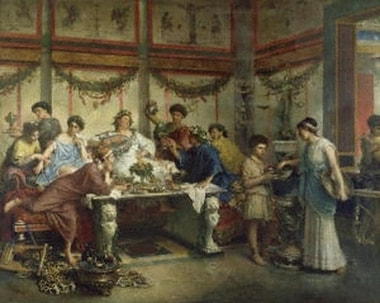

 RSS Feed
RSS Feed
